Sunday is Go-For-a-Walk Day. If the weather is even close to acceptable, the Kelley family will head out for a walk somewhere, usually the road or the possibly a trail, one way or another, we get out for some fresh air. Today was no different here in Barrow. I was up early, out the door with coffee in hand, and off to explore the tundra.
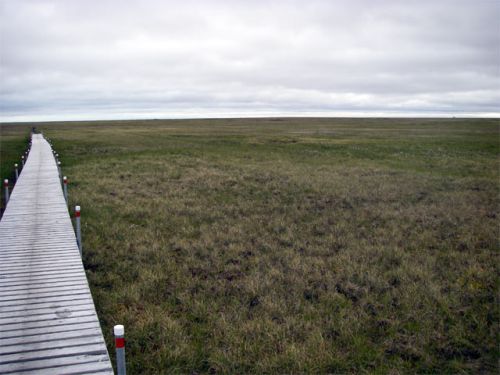
As has been mentioned before, the tundra is not bold and in your face like mountains or forests. The tundra is sneaky, you have to look close, get down on hands and knees, to notice the beauty. If you drive or walk by, or are in a hurry, you will miss it. I slowed down today. Here’s what I saw.
First, up a quick overview of some of the birds. My camera does not zoom enough for pictures. A few sketches might be posted later in the week. OK, birds I saw today: -snowy owls, -loons, -American golden plover, -tundra swans, -jaegers, -sandpipers, -and lots of ducks,
-and lemmings!!
I was very pleased with all the sightings, especially the golden plover. I had never seen a golden plover before, yet I was able to identify it based on the details I included in my sketch.
The focus on the way out was birds, on the way back in, flowers, plants, and fungi. I figured everyone goes "oooh” and "aaah” over the birds, someone needed to spend some time with the smaller, stationary lifeforms. I do not have identifications on all of the organisms I took pictures of. I will confirm with the ITEX people some of the more challenging specimens.
First a clump of white lichen. There are three types of lichens; crustose (form a lichen crust), foliose (form a lichen leaf or foliage), and fructicose (form a lichen fruiting body). I think the one below is a foliose. I will confirm.

Moving along, I was impressed with the variety of fungi I found. Delicate, temporary, and soft, I was not expecting to find the beauties out there. These are all club fungi or mushrooms, I apologize for not having identifications available. Maybe some point in the future. If you know any of these specimens, please let me know.
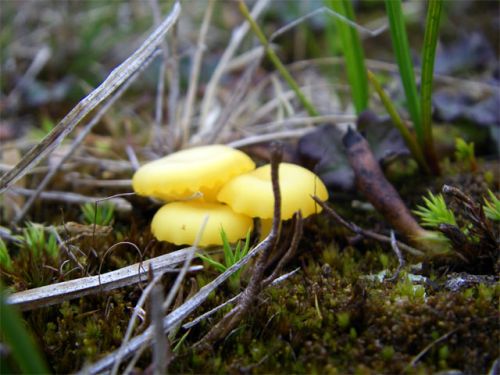

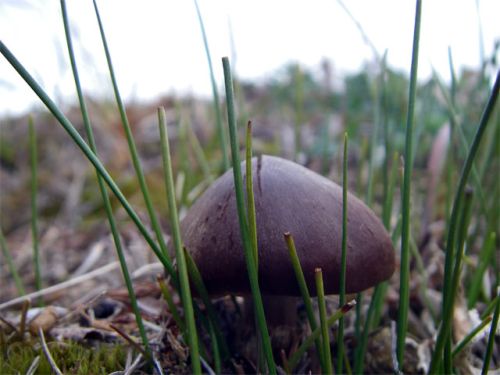
Next I moved along to the mosses. A widespread tundra plant, there were lots of wonderful clumps of springy moss.
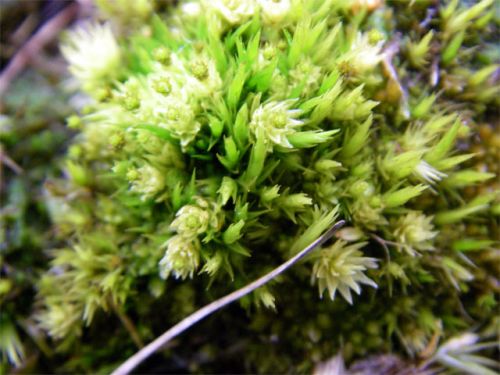
TundraA treeless area between the icecap and the tree line of arctic regions, having a permanently frozen subsoil and supporting low-growing vegetation such as lichens, mosses, and stunted shrubs. grasses spread out far and wide. My little Barrow Wildflower Sketchbook has some of grasses identified, I, unfortunately, did not have the sketchbook with me. Maybe that’s a good thing, I can go back out there again to look harder and attempt to identify!!
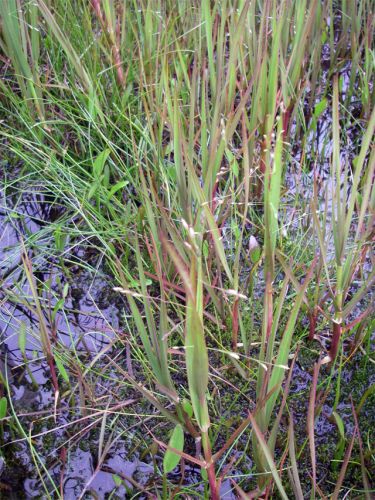
The cottonwood grass has been in this journal before, I really enjoy the way the flowers, hang out at such precarious angle. I wonder what triggers the plant to release the seeds.
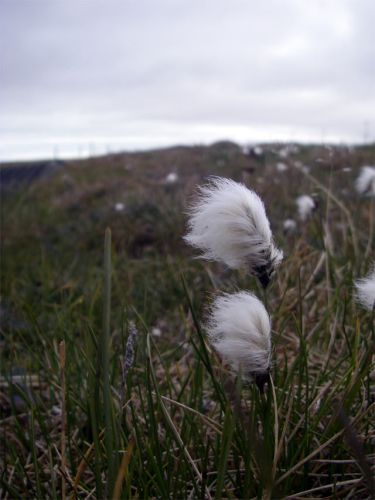
There are a number of broadleaf plants on the tundra as well. The colt’s foot, shown below is pretty easy to identify based on its color and size.
I made a mistake a few weeks back when I stated that there are no trees out on the tundra. I have an excuse though, the what we would call trees down in the lower 48, grow as very small shrubs here.
Check out this well-known tree growing very small up here in the tundra.
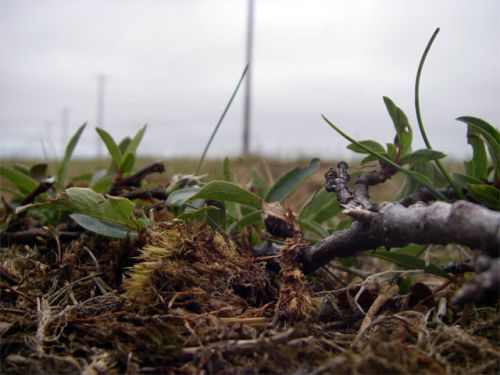
The walk helped clear my head and made for an interesting day and hopefully a fun journal. I will head back as soon as possible, so send me any questions you have so I can be ready to get them answered.
**DON’T FORGET, SIGN UP FOR THE LIVE FROM IPY EVENT!! WE ARE READY TO SHARE GREAT STORIES AND ADVENTURES ON TUESDAY, AUGUST 5TH. HOPE YOU CAN JOIN US! **


Comments